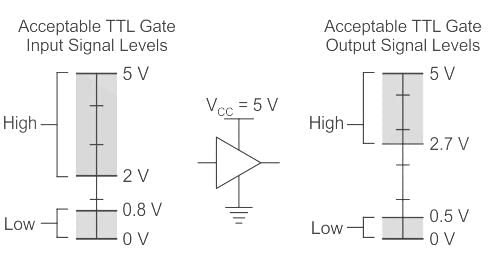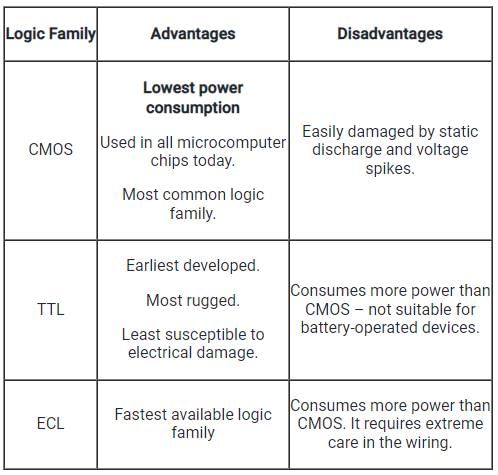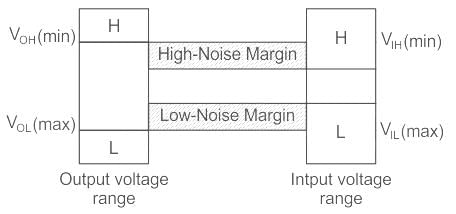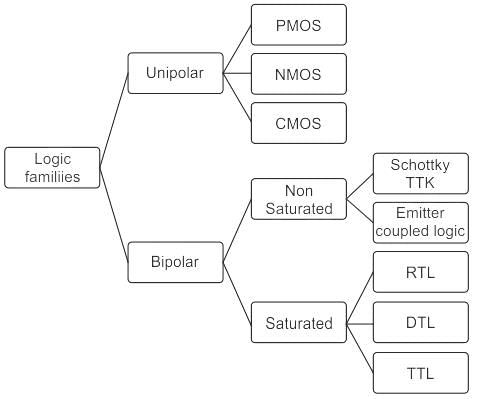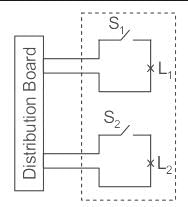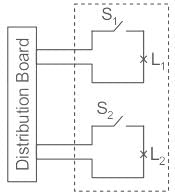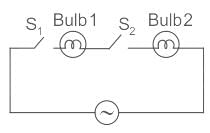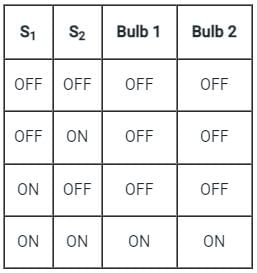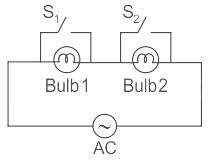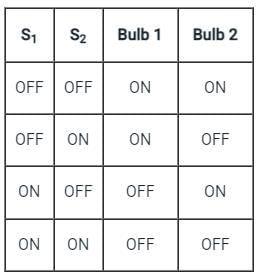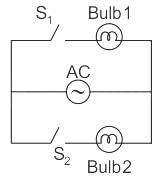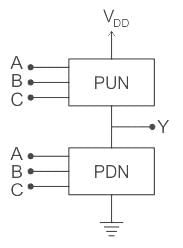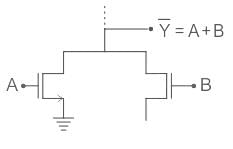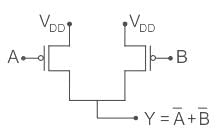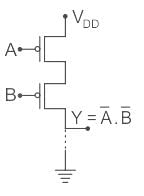Electrical Engineering (EE) Exam > Electrical Engineering (EE) Tests > GATE Electrical Engineering (EE) Mock Test Series 2026 > Test: Logic Families - 1 - Electrical Engineering (EE) MCQ
Test: Logic Families - 1 - Electrical Engineering (EE) MCQ
Test Description
10 Questions MCQ Test GATE Electrical Engineering (EE) Mock Test Series 2026 - Test: Logic Families - 1
Test: Logic Families - 1 for Electrical Engineering (EE) 2025 is part of GATE Electrical Engineering (EE) Mock Test Series 2026 preparation. The Test: Logic Families - 1 questions and answers have been
prepared according to the Electrical Engineering (EE) exam syllabus.The Test: Logic Families - 1 MCQs are made for Electrical Engineering (EE) 2025 Exam. Find important
definitions, questions, notes, meanings, examples, exercises, MCQs and online tests for Test: Logic Families - 1 below.
Solutions of Test: Logic Families - 1 questions in English are available as part of our GATE Electrical Engineering (EE) Mock Test Series 2026 for Electrical Engineering (EE) & Test: Logic Families - 1 solutions in
Hindi for GATE Electrical Engineering (EE) Mock Test Series 2026 course. Download more important topics, notes, lectures and mock
test series for Electrical Engineering (EE) Exam by signing up for free. Attempt Test: Logic Families - 1 | 10 questions in 30 minutes | Mock test for Electrical Engineering (EE) preparation | Free important questions MCQ to study GATE Electrical Engineering (EE) Mock Test Series 2026 for Electrical Engineering (EE) Exam | Download free PDF with solutions
Detailed Solution for Test: Logic Families - 1 - Question 1
Test: Logic Families - 1 - Question 2
The figure of merit of a logic family is given by the product of:
Detailed Solution for Test: Logic Families - 1 - Question 2
Test: Logic Families - 1 - Question 3
Two voltage given as -2 V and -1 V in positive logic convention represent:
Detailed Solution for Test: Logic Families - 1 - Question 3
Detailed Solution for Test: Logic Families - 1 - Question 4
Detailed Solution for Test: Logic Families - 1 - Question 5
Test: Logic Families - 1 - Question 6
Which of the following does not belong to TTL subclasses?
Detailed Solution for Test: Logic Families - 1 - Question 6
Test: Logic Families - 1 - Question 7
A Darlington emitter-follower circuit is sometimes used in the output stage of a TTL gate in order to
Detailed Solution for Test: Logic Families - 1 - Question 7
Detailed Solution for Test: Logic Families - 1 - Question 8
Detailed Solution for Test: Logic Families - 1 - Question 9
Test: Logic Families - 1 - Question 10
The logic function f(X,Y) realized by the given circuit is
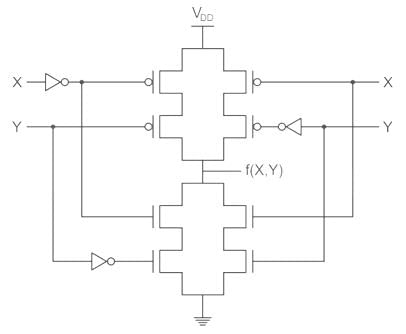
Detailed Solution for Test: Logic Families - 1 - Question 10
|
26 docs|257 tests
|
Information about Test: Logic Families - 1 Page
In this test you can find the Exam questions for Test: Logic Families - 1 solved & explained in the simplest way possible.
Besides giving Questions and answers for Test: Logic Families - 1, EduRev gives you an ample number of Online tests for practice
|
26 docs|257 tests
|
Download as PDF





